The fishing village in Cua Dai area is not large, but it is a part of the soul of this land with old corrugated iron roofs nestled among coconut trees, small boats anchored at the river wharf, and especially many fishing nets scattered from the lower Thu Bon River to Cua Dai Bay.
For a long time, that image has become a symbol of river life here.
A net is usually about 60 square meters wide, fixed with ropes and four large bamboo trees planted deep into the riverbed. From there, a winch system leads to a watchtower (net trap), where there is a rotating shaft to lift the net to the water surface.
The tools that people use during the “net watching” sessions are very simple: a hat, a kerosene lamp, and a thin bamboo stick to manipulate the net. Each step - from dropping the net, anchoring the net, to pulling the net - depends on experience with the tide, wind direction, and intuition at sea.
Each time pulling the net is a test of the legs, each time pulling the net, one must wait for the tide to stand still, and each time harvesting fish and shrimp from the small hole located under the net's belly, one must also pay attention to the wind direction when rowing the boat to make this process smooth and easy. That is to say, although it looks simple, the net fishing profession requires patience, meticulousness, technique and many years of experience.
Photo: Van Viet
Heritage Magazine


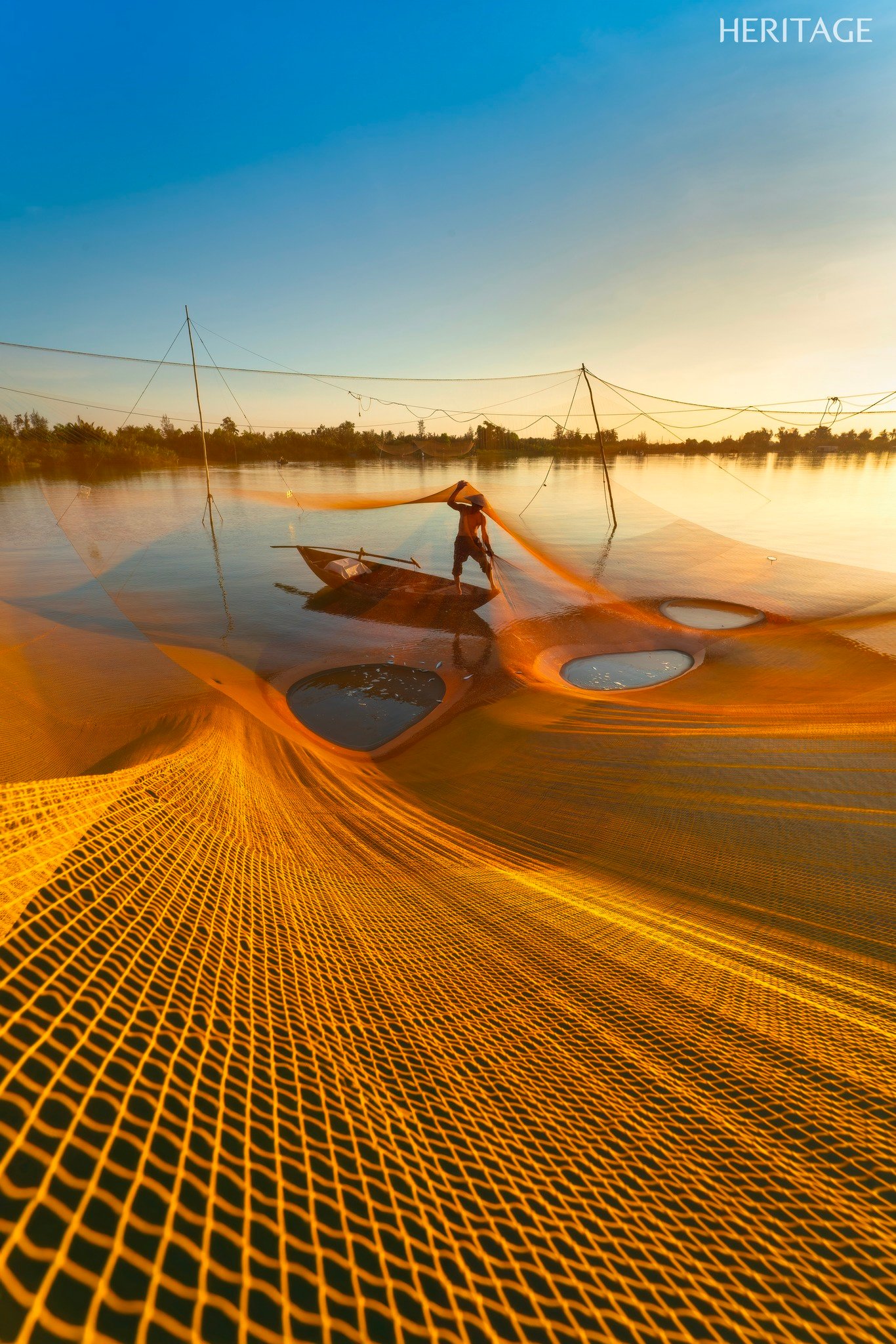
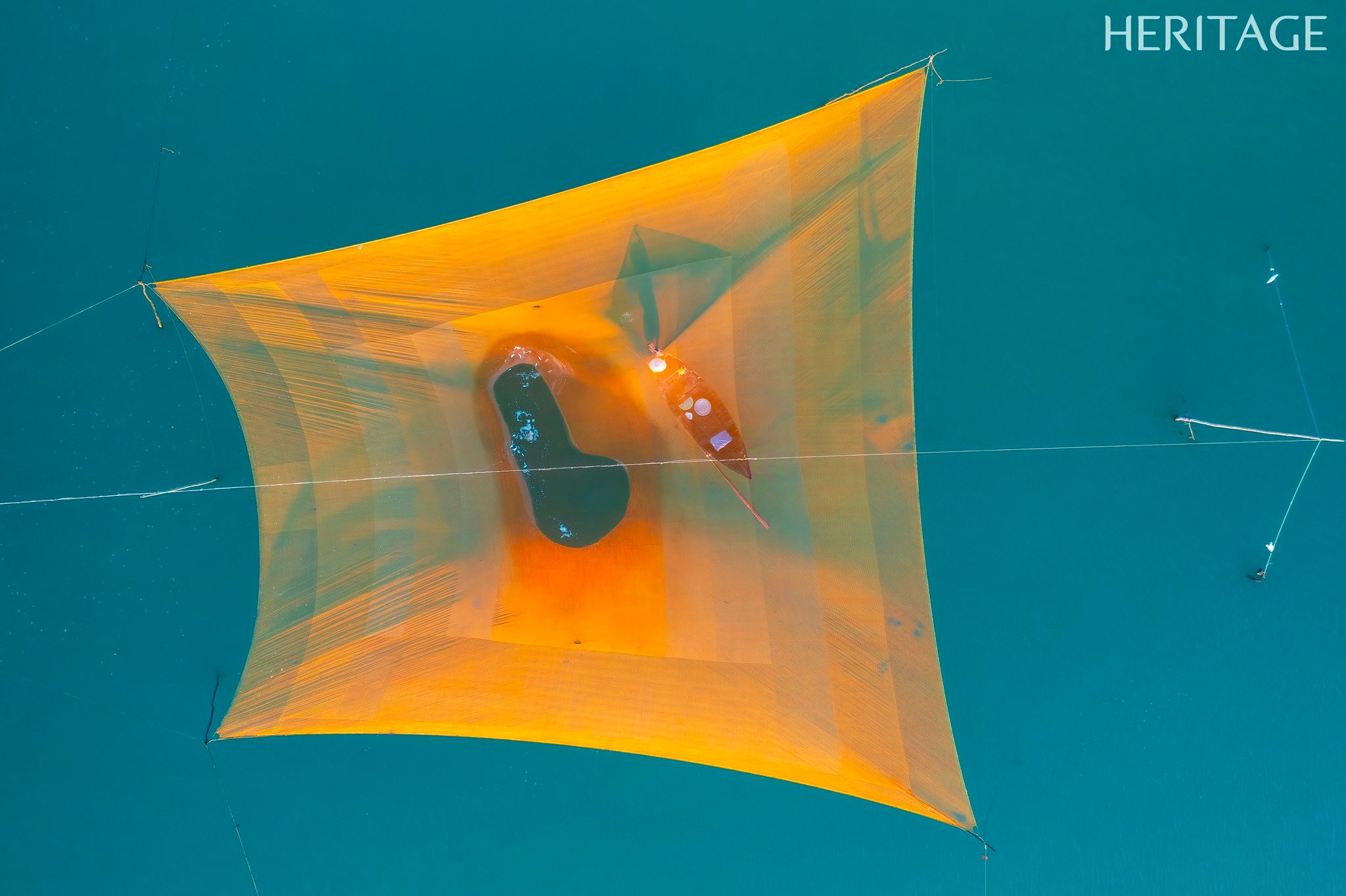
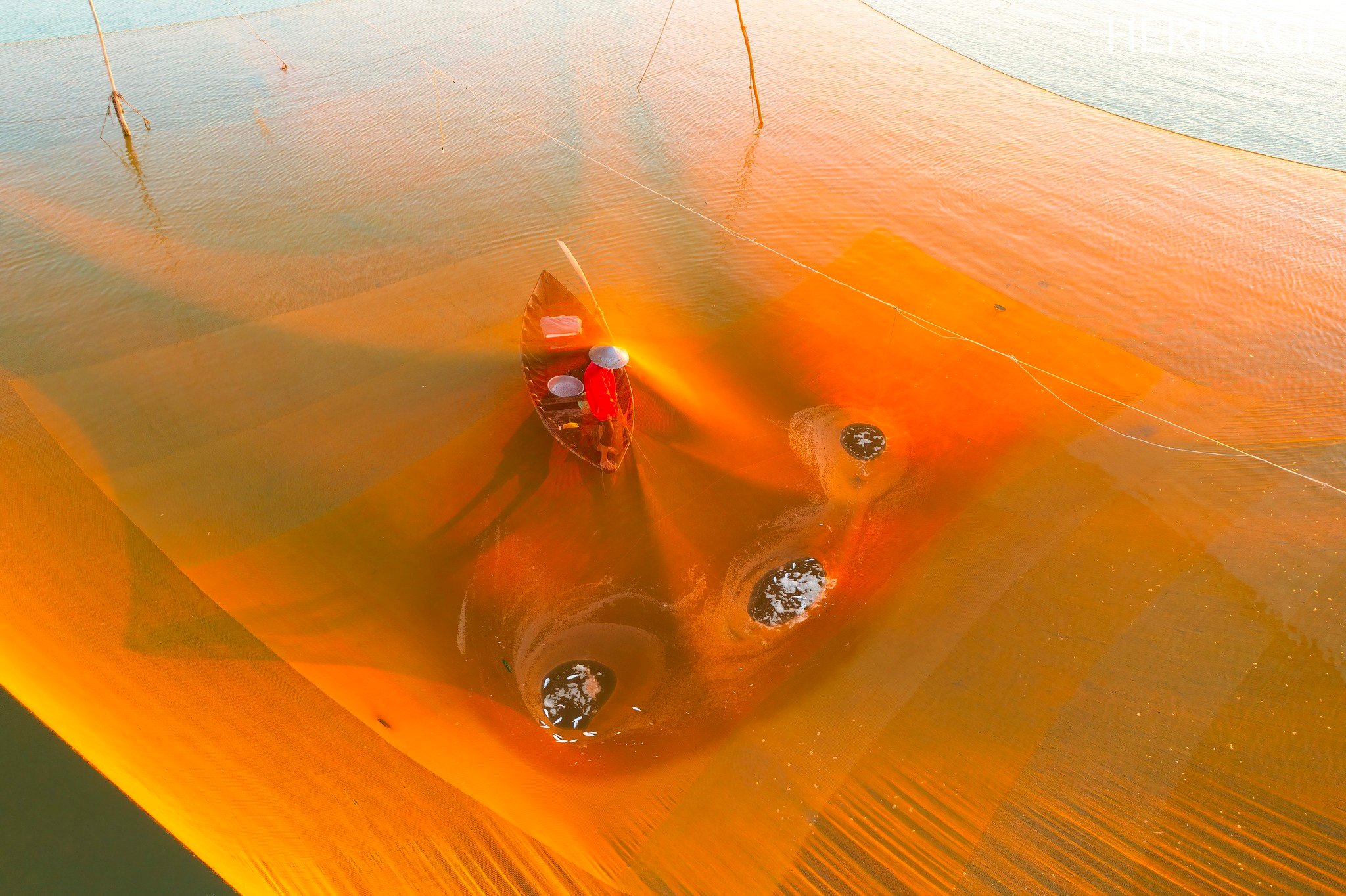
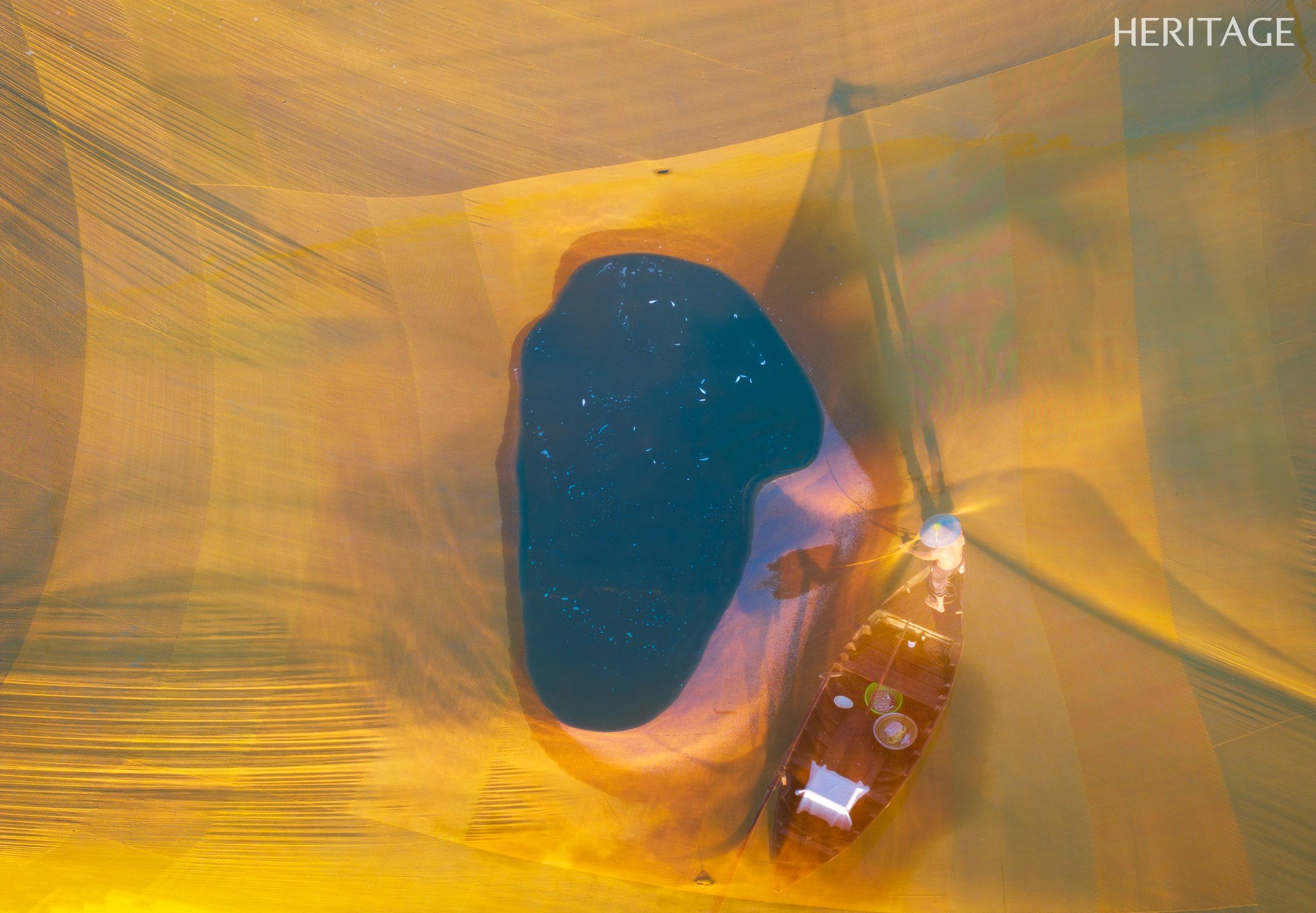
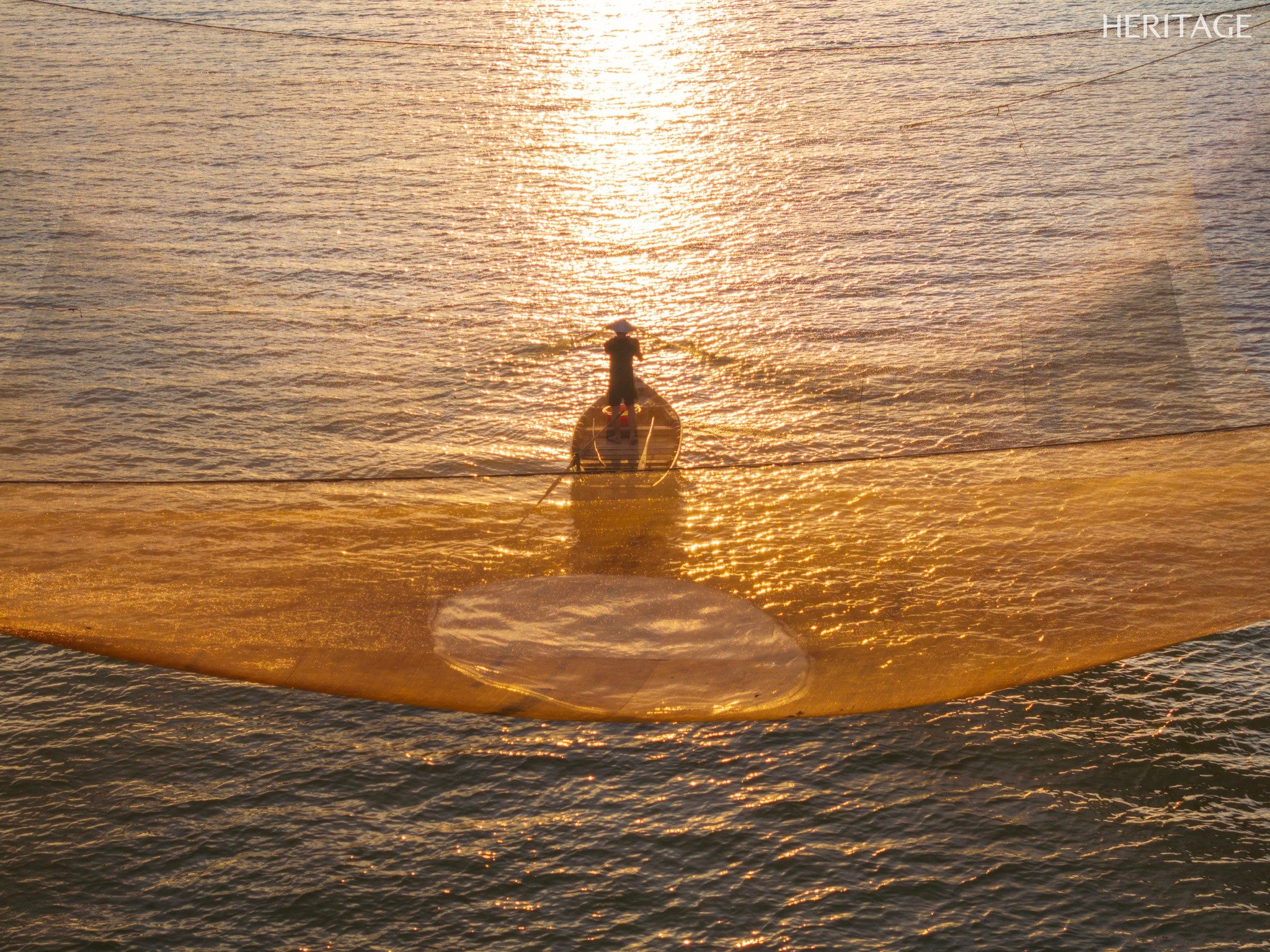

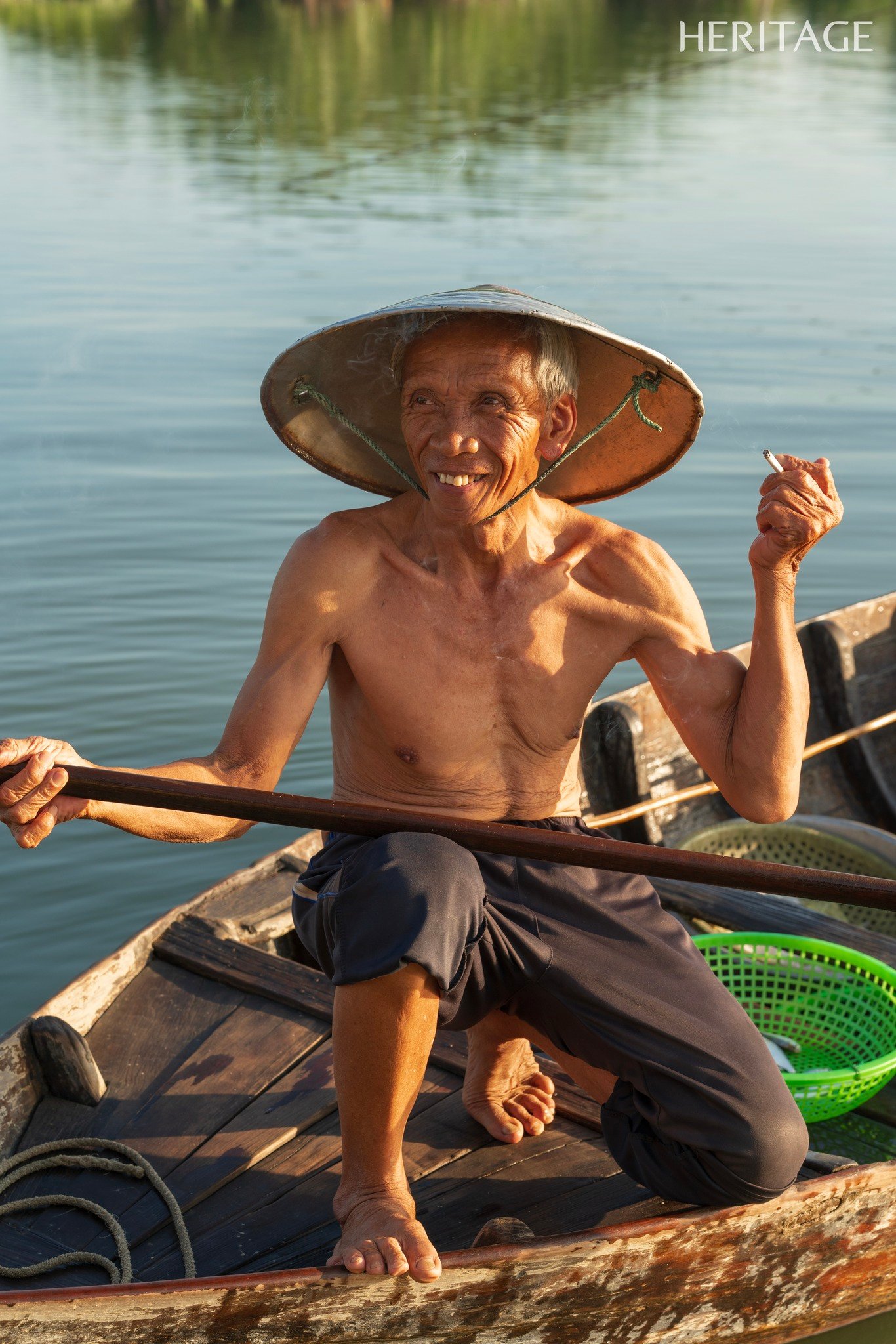
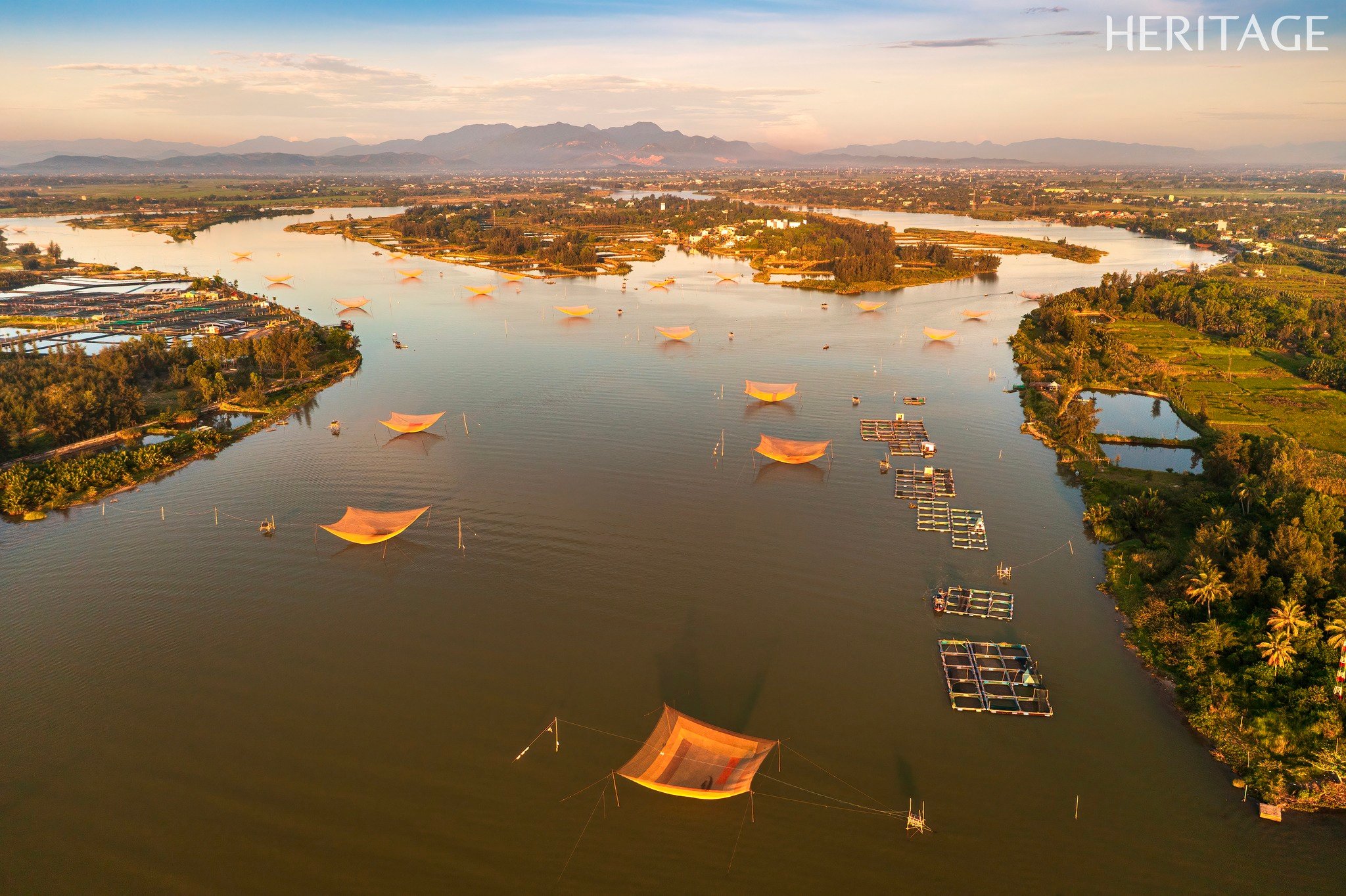
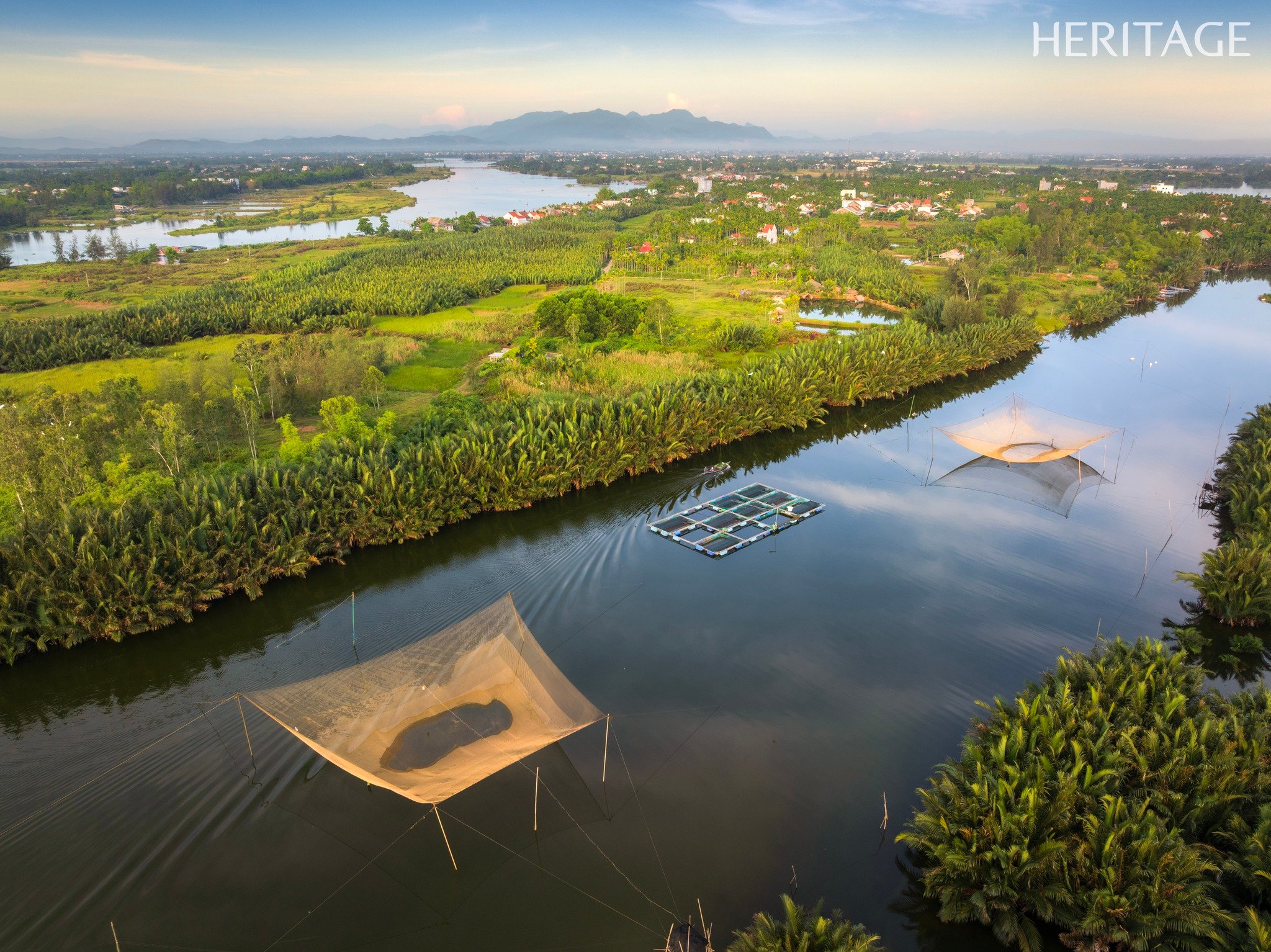



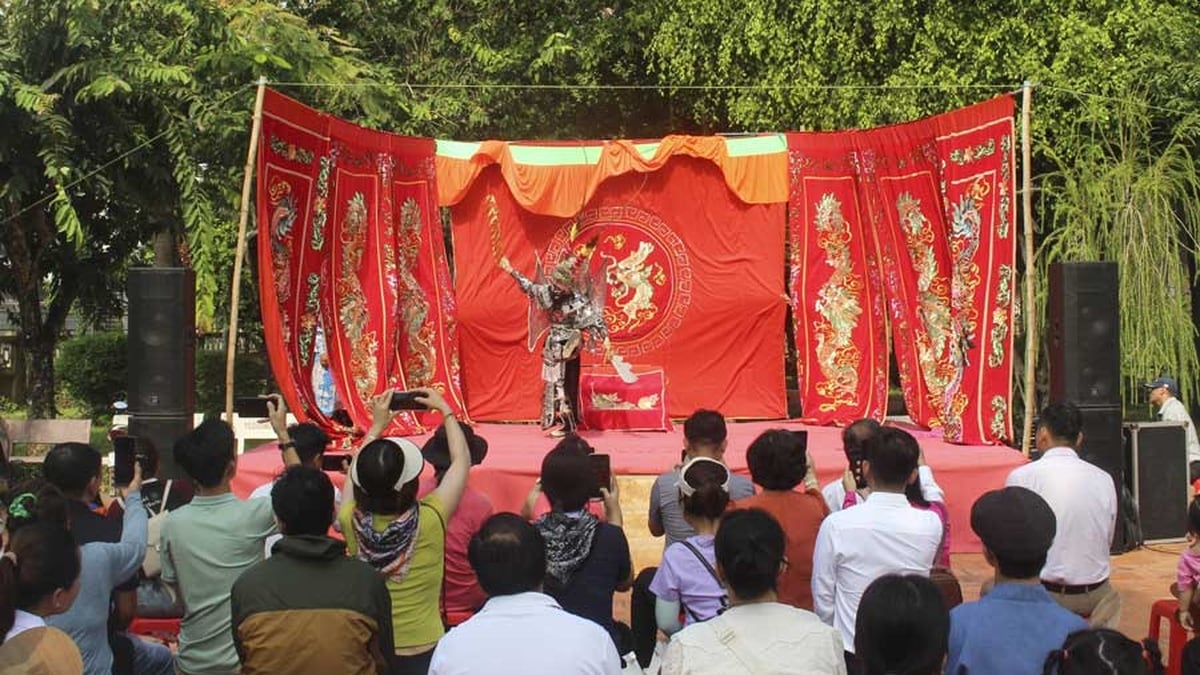




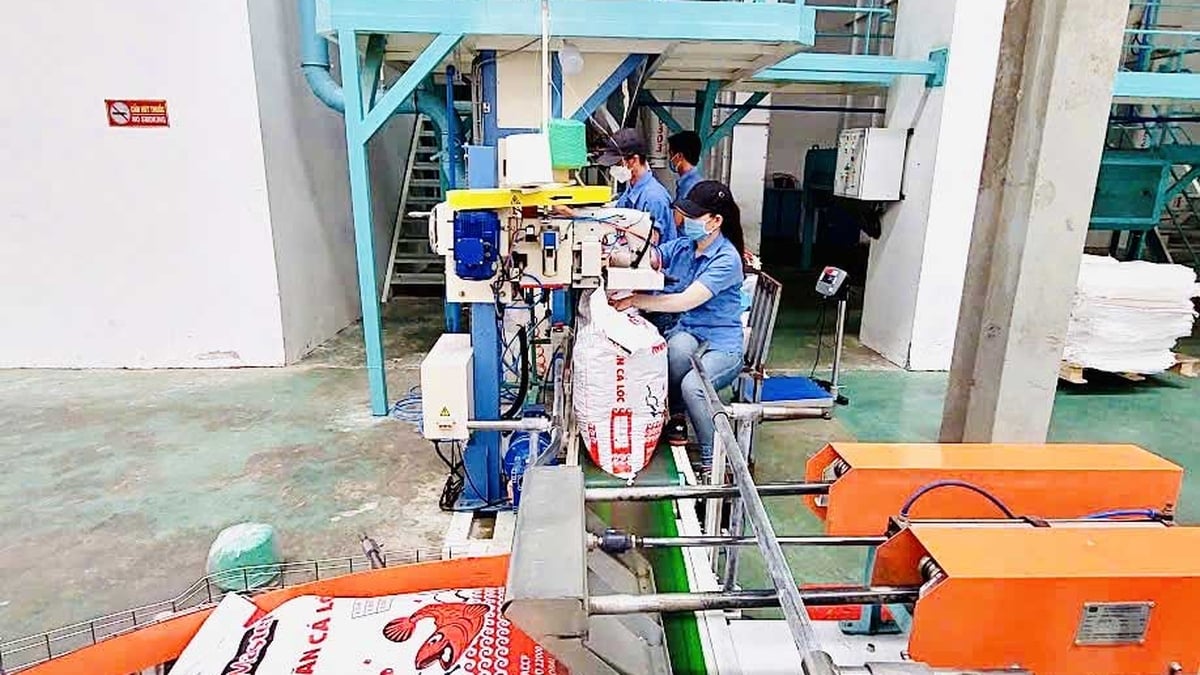















![[Photo] Nghe An: Provincial Road 543D seriously eroded due to floods](https://vphoto.vietnam.vn/thumb/1200x675/vietnam/resource/IMAGE/2025/8/5/5759d3837c26428799f6d929fa274493)


![[Photo] Discover the "wonder" under the sea of Gia Lai](https://vphoto.vietnam.vn/thumb/1200x675/vietnam/resource/IMAGE/2025/8/6/befd4a58bb1245419e86ebe353525f97)








































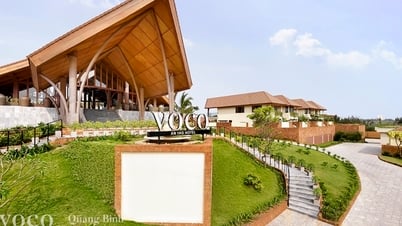






















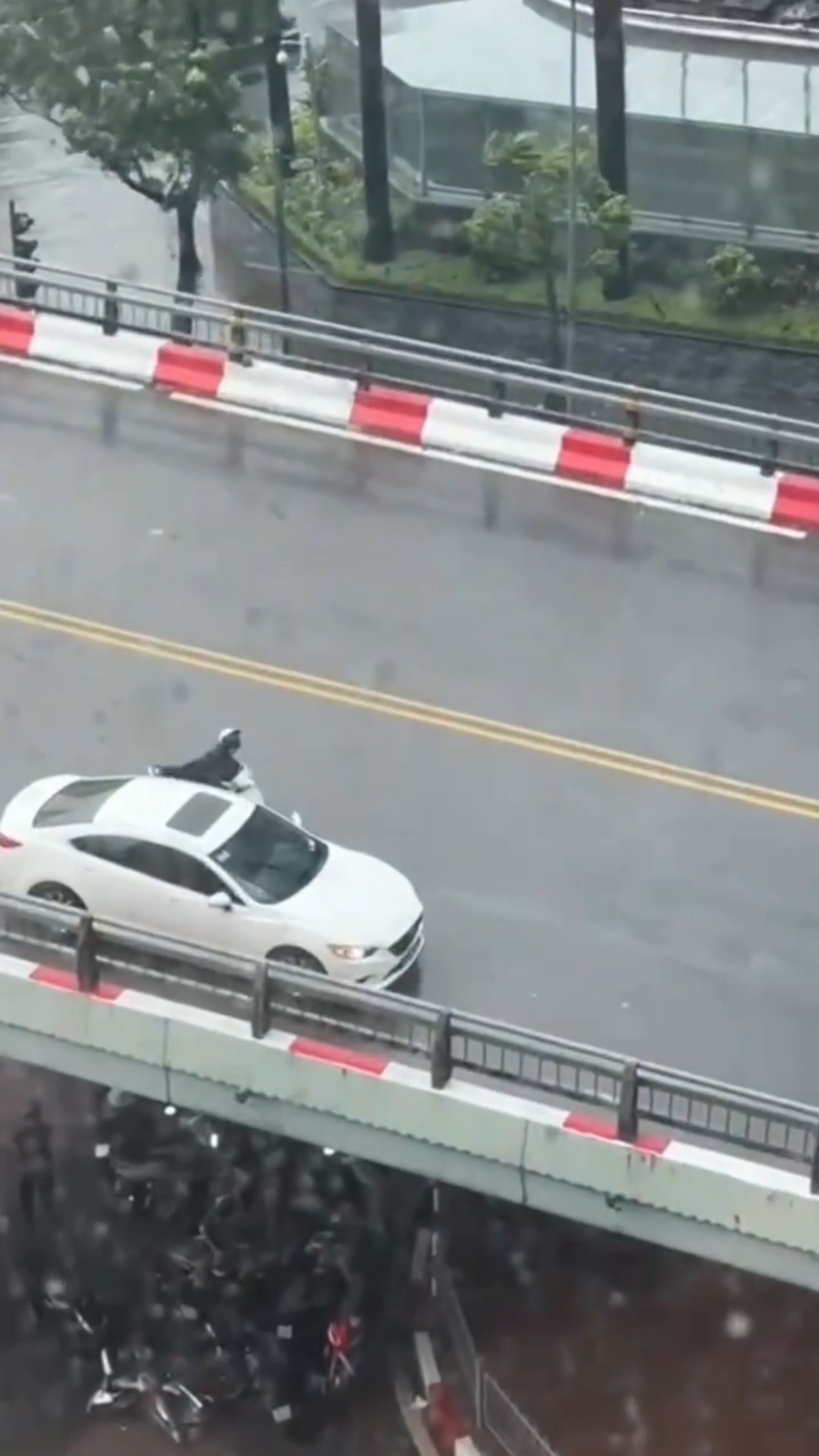

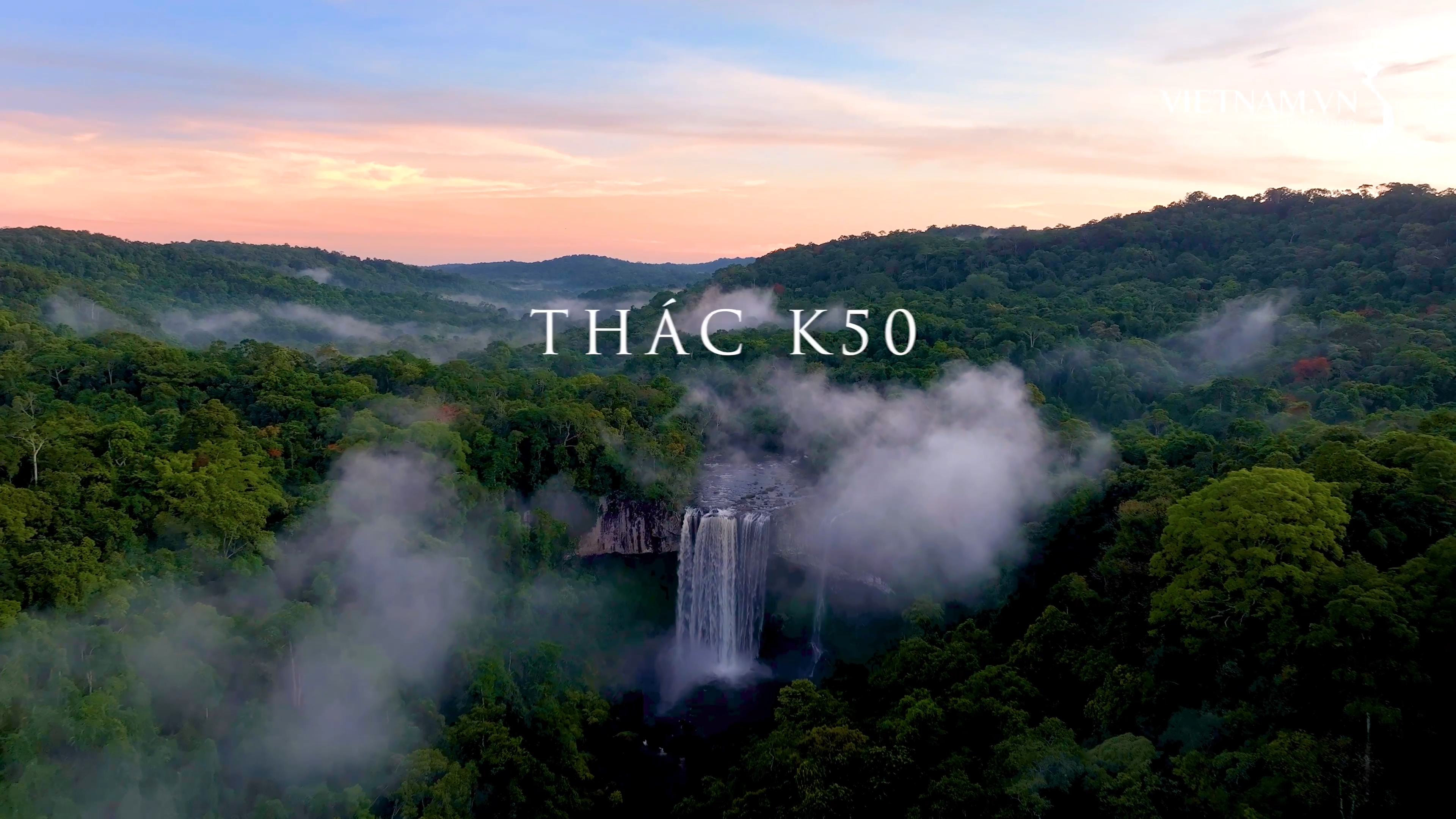

Comment (0)